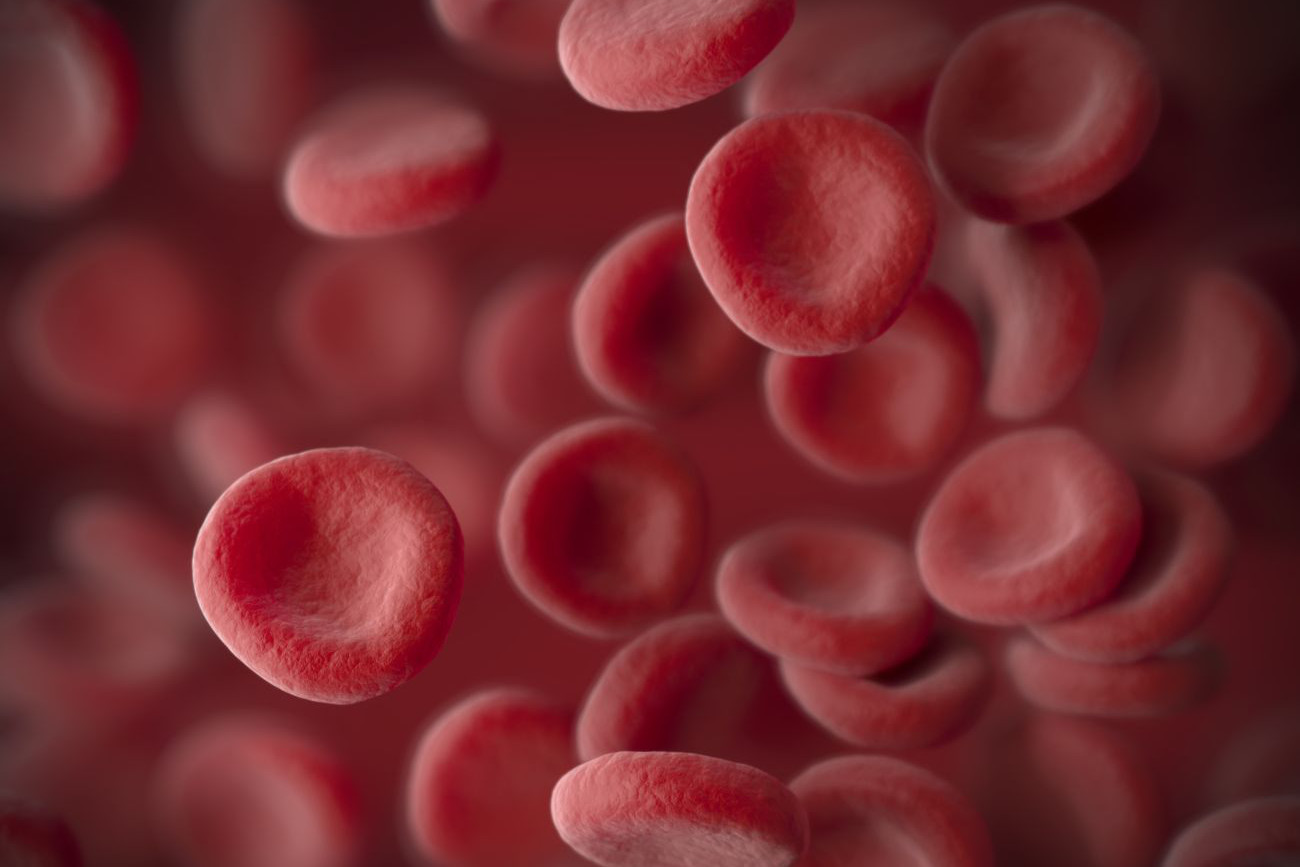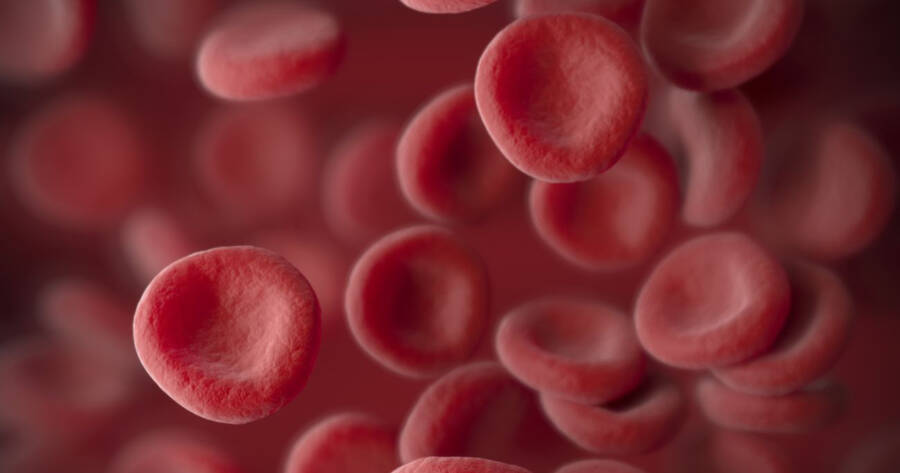Hemophilia is a rare genetically linked disorder characterized by the deficiency of certain blood clotting factors. In the U.S. alone, it is estimated that hemophilia affects some 20,000 individuals who face the disorder in varying degrees and with different presenting symptoms. Worldwide, the number of known hemophilia cases may be as large as 400,000 individuals. The U.S. Centers for Disease Control estimates that hemophilia is a disorder that occurs at a rate of one in 5,000 live births.
At present, there is no known cure for the disorder although various therapies have proven effective in managing the symptoms. Unfortunately, studies have indicated that about 75 percent of people affected by hemophilia have limited access to treatments if at all.
What Is Hemophilia?
Hemophilia is a hereditary bleeding disorder in which the afflicted person has inadequate levels of certain proteins known as clotting factors. In some cases, clotting factors may be missing entirely, exacerbating an already sensitive problem in which the person is prone to excessive bleeding. People with hemophilia are more likely to experience the following symptoms:
- Excessive bleeding for minor causes
- It takes longer for bleeding to stop and for blood to clot
- Prone to internal bleeding
- Prone to spontaneous bleeding
- Swelling in the joints due to internal bleeding
There are three forms of hemophilia based on the missing or inadequate clotting factor.
Haemophilia A is the most common form, and it is widely acknowledged as the classic form. It refers to a deficiency or defect in clotting factor VIII, also referred to as FVIII. It is an inherited condition linked to the X chromosome, but a third of hemophilia cases can be attributed to spontaneous gene mutation.
X and Y are the sex chromosomes. Females inherit an X chromosome from the mother and an X chromosome from the father. On the other hand, males inherit an X chromosome from their mother and a Y chromosome from their father. Females are carriers of the hemophilia gene, and while they may be asymptomatic, they can pass on the trait to their offspring if they are carriers.
Essentially, even if females inherit the hemophilia-linked X chromosome from a mother with hemophilia traits, they have an equal chance of inheriting a healthy X chromosome from the father, making them another carrier.
Males cannot pass the disorder on to their sons because the gene is not linked to the Y chromosome. If a son inherits an X chromosome with hemophilia traits, he is likely to have hemophilia although severity of the condition may vary.
Hemophilia B is due to deficiency of factor IX. It is also referred to as the Christmas disease, referring to Stephen Christmas, the first person diagnosed with the clotting disorder in 1952. About 66 percent of factor IX hemophilia is traceable to genetics, and a third may be due to spontaneous mutation. The Christmas disease may be fatal.
Hemophilia C is caused by a deficiency in factor XI. It is typically a mild form of the disorder where people do not experience spontaneous bleeding. However, excessive bleeding may be an issue in post-surgery and post-trauma situations for people with hemophilia C.
Signs and Symptoms
Hemophilia A is the more prevalent form of this disorder, and people with FVIII usually bleed more and longer than other hemophiliacs. The bleeding can occur inside the body within muscles and joints. Externally, people with hemophilia can bleed excessively from minor injuries such as cuts, physical trauma and dental procedures. The severity of the blood clotting problem is determined by the level of the FVIII in the plasma.
- The normal FVIII level in plasma ranges from 50 to 150 percent. A reading below 50 percent, or half of what is needed for normal blood clotting, determines the severity of hemophilia.
- A reading of 6 to 49 percent of FVIII in plasma indicates mild hemophilia A. At this level, the disorder may not be evident until an injury happens and you experience excessive bleeding for what seems like a minor injury. Women with mild hemophilia may experience heavy menstrual periods and are at risk for postpartum hemorrhaging.
- An FVIII level between 1 to 5 percent indicates moderate hemophilia A. Spontaneous bleeding may occur even without specific causes. People with moderate hemophilia may bleed easily after any type of injury.
- Severe hemophilia A is indicated when the FVIII reading falls below 1 percent. The diagnosis may be preceded by several episodes of spontaneous bleeding with excessive bleeding occurring after an injury.
Spontaneous bleeding occurs without any obvious cause or triggers. Consult your health care provider if you experience any of the following:
- Excessive bleeding from minor cuts, after surgery or during dental work
- Unexplained large or deep bruises
- Pain, swelling and discomfort in the joints
- Presence of blood in your stool or urine
- Frequent and unexplained nosebleeds
- Sudden pain and swelling major joints, including on the knees, elbows, hips and shoulders
- Severe headache that lasts longer than usual
- Frequent vomiting
- Extreme fatigue
- Severe pain in the neck
- Unexplained double vision
What Causes It?
The protein matter that serves as clotting factors help to keep the body in a state of equilibrium. Clotting factors facilitate efficient blood clotting to prevent hemorrhage and other serious complications such as internal bleeding and swelling of the muscles and joints.
Hemophilia is a genetic disease. The majority of hemophilia A and B cases can be traced back to mothers because of the genetic transmission. A third of hemophilia cases may be due to gene mutation. Hemophilia C affects males and females equally.
Treatment Options
Hemophilia may be treated with clotting factor injections to prevent excessive bleeding. The clotting factor products are either laboratory generated or derived from human blood. Artificial clotting factor recombinants are favored over the blood-based products for safety reasons.
Alternatively, prophylaxis through blood transfusions may be a preventive therapy for managing the symptoms of hemophilia especially prolonged, heavy bleeding. Blood products are carefully screened for diseases, including hepatitis and AIDS.
Replacement therapy is another strategy for introducing the missing or insufficient clotting factors VII or IX to the system. Using a drip system, the clotting factor is slowly infused into a vein as a prophylactic or on-demand therapy. The preventive approach is recommended for hemophiliacs with moderate to severe conditions to ensure more effective management of the symptoms.
Desmopressin is a man-made hormone that may be used for mild cases of hemophilia. The hormone appears to stimulate the release of stored factor VIII and other proteins.
Natural Remedies
The first step in natural care management for people with hemophilia would be injury prevention to minimize the triggers of excessive bleeding. Use of protective gear such as pads and protectors is crucial especially for young children with hemophilia. Make sure to eat a healthy diet to minimize other triggers that may exacerbate the symptoms. Consult your health care providers, and be prepared with effective spot therapies for bleeding sites because bleeding symptoms could be triggered anytime.
Not too many studies have been done on natural remedies for hemophilia, but various herbs and supplements may at least minimize severity of the symptoms. These herbs include the following, none of which have been researched enough to be considered for FDA approval.
- Grape seed extract
- Yarrow
- Stinging nettle
- Hawthorn berry
- Bilberry fruit
- Scotch broom
Since hemophilia is a hereditary disorder, it makes sense to include genetic screening of susceptible populations among the viable solutions to management of the disorder. Hemophilia is no longer the devastating disease that took the lives of Queen Victoria and many of her descendants, but a holistic approach is beneficial for people who have to live with the disorder.
 wacomka / Shutterstock.com
wacomka / Shutterstock.com


